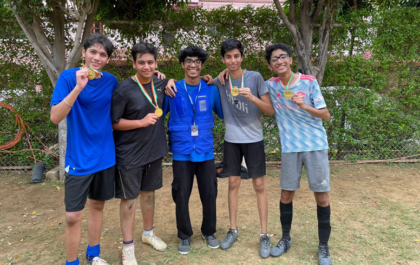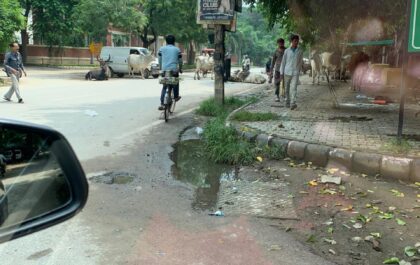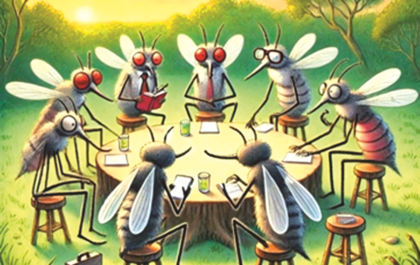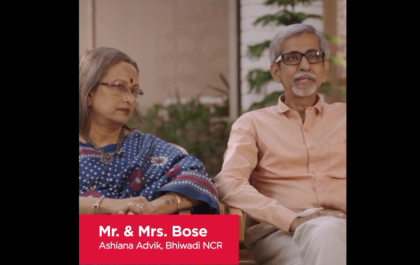This, the second part of the article, is a sequence of what I wrote in last month’s edition. In this part, Anjan Ray has suggested ways in which we can mitigate the effects of pollution.
LET’S NOT BLAME THE POOR FARMER.
A majority of farmers have tractors but with the help of these machines, all that a farmer can do is to remove whatever part of the stub is visible on the ground. The tractors are not equipped to uproot the stubs from deep under the soil. that being the case, the only solution is that the farmer does it manually, which, in turn, will take a considerable period, so much so that he will then have to take the risk of getting late for his next crop and eventually suffer huge losses. The visible solution of this challenge is to try and pay a better MSP to the farmer so that he takes the due amount of time to get his fields prepared for the next, healthier crop.
The dried residue of the stubble, due to it having less moisture has the quality to turn itself into a fine powder, can not only easily fly when burnt, but also is capable of travelling a long distance. This should be curbed.
Moving away from the farm issues, Anjan says that as domestic consumers we should abstain from buying whatever we do not need as eventually it will need to be destroyed, which promotes greenhouse gases.
Look at the old buildings and monuments – they have been standing strong for hundreds of years because the material they used for construction was of the most superior quality. The modern-day buildings are either falling by themselves or are being demolished after being declared not fit for domestic or commercial use. All these activities are deteriorating the AQI.
The increase in the Metro Rail network is one very good step towards decreasing transport emissions. There is a need to install more solar-powered CNG stations, and a day should come when all transport uses non-polluting CNG. The production of a kilowatt of power generates one kilo of carbon dioxide, and the emission from one litre of petrol generates 2.5 Kg of Co2.
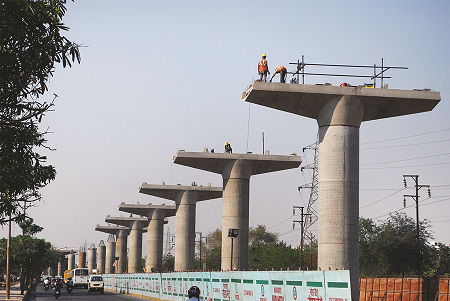
The moment you get an LPG connection put up at your place, you must check the size of the nozzle as the mechanics generally put up big ones which promote wastage and leakage. The gas thus supplied should have a burner that is compatible with the piped gas. The air density of processed natural gas (PNG) is 8, that of LPG is 22 whereas the density emitted by the greenhouse gases is 25 times more. Such being the circumstances, the choice should become evident.
EV – Electric vehicles, which are seemingly answers to the high use of petroleum are non-polluting on the roads, at the back-end, in the factories where the process that is employed to manufacture them, in turn emits much larger amounts of toxic gases. There are two more things classified in the same category – one must get the vehicles serviced at regular intervals, the ideal would be every 5,000 kilometers, and each time you refill petrol, you must check the tyre pressure. These things, though little, will help tremendously in vehicular emissions.
PRIVATE POWER GENERATION – The commercial building, hotels, convention centres, banquet halls, and malls use diesel generators for back-ups, which are the worst sources of pollution as they use only diesel. As per the NGT, all diesel engines should be regularly serviced.
BOREWELL PUMPS – The level of water has been continuously receding adversely the ability of the atmosphere to absorb pollution. Places like Joshimath and Nainital are sinking due to the excessive extortion of water.
VERTICAL CONSTRUCTION – The higher the buildings, the lesser the chances of airflow, leading to the trapping of the urban heat and the polluted air.
INDUSTRY – There is a need to put strict control or completely ban the plastic, metal processing units, and brick kilns.
LANDFILL GARBAGE fires. Due to methane, the garbage heaps catch fire, causing havoc to the local atmosphere. The domestic wastes have to be segregated for which public participation is a must.
ROAD LAYING – This process entails open firing of bitumen which infuses toxic gases into the atmosphere.
ONLINE PURCHASES – These entail the use of cardboard boxes and other packaging materials, usually of plastic. It is better to buy provisions directly from shops and carry them in a cloth bag.
USE OF ACS, REFRIGERATORS AND CHILLERS – The gases that these things emit are 1000 times more potent than CO2. Consumers should pay attention to the usage of such appliances.
SAMVAD Thanks Dr. Anjan Ray for his valuable contribution.
Popular Stories
Football Tournament @Princeton
More Than a Festival: The Art and Power of Durga Puja
Personality of the Month- ‘Dr Usha Mediratta’
Stray Cattle Menace In Front of Galleria
The Chronicles of Malibu Towne: A Mosquito’s Tale
“Senior Living Is Not An Old Age Home” say Mr & Mrs Bose
Recent Stories from Nearby
- The Room Withholding the View January 27, 2025
- Your Vote, Your Voice: Make It Count in New Delhi’s Assembly Elections January 27, 2025
- A Magical Christmas Carnival at New Friends Club! January 27, 2025
- “NO” Feeding Monkeys Pleazzzz…zzze January 27, 2025
- Badminton Brilliance at NFC Club: Coaching the Next Generation! January 27, 2025

